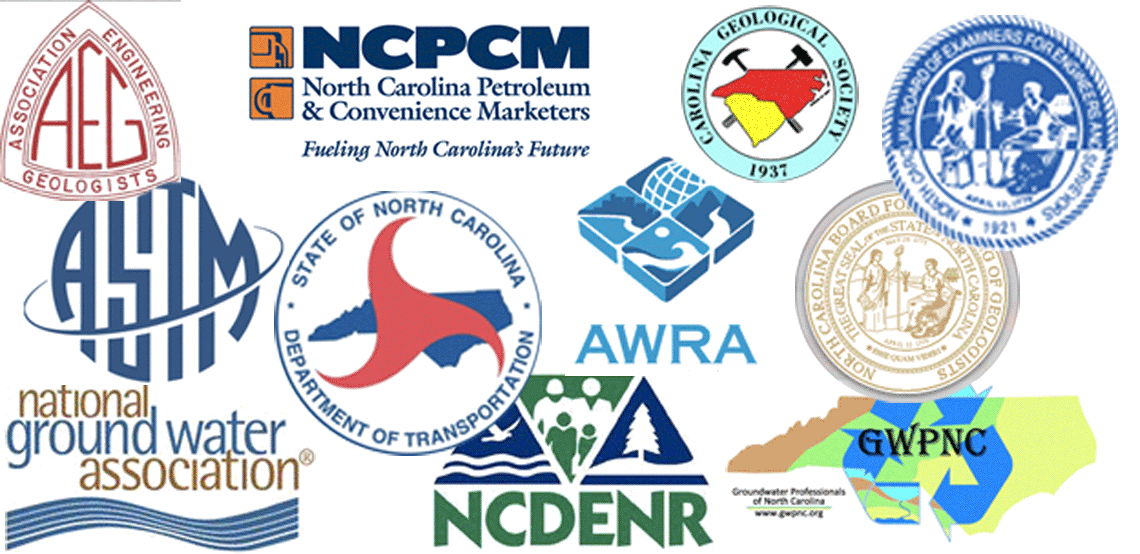Recently, an article was released in the Raleigh News and Observer discussing potential changes to the North Carolina State Environmental Policy Act (SEPA). The proposed bill (House Bill 795) includes changes that would affect the minimum level of funds associated with projects that would require environmental assessments due to SEPA. We thought this proposed bill provided us the opportunity to discuss the general purpose and history of SEPA in North Carolina.
What is SEPA?
SEPA started in North Carolina in 1971. In general, SEPA requires that environmental assessments be completed for any state project that is using public monies and/or public land in a way that may adversely affect the environment. Specifically, the North Carolina Department of Environment and Natural Resources (NC DENR) defines SEPA in these terms:
The North Carolina (or State) Environmental Policy Act of 1971 (SEPA) requires state agencies to review and report the environmental effects of all activities that involve an action by a state agency, an expenditure of public monies or private use of public land, and have a potential negative environmental effect upon natural resources, public health and safety, natural beauty, or historical or cultural elements of the state.

When is SEPA Enacted?
All state agencies are required to comply with SEPA if a project they are proposing meets the criteria to enact the policy. Deciding whether environmental impacts would be significant enough to enact SEPA is somewhat subjective. NC DENR, as well as all state agencies, have developed sets of minimum criteria for state projects that, if exceeded, would result in the requirement of environmental assessments. Typically either an Environmental Assessment (EA) or an Environmental Impact Statement (EIS) must be prepared for a state project or activity that may result in detrimental environmental effects. The EA is a less involved process to determine what the environmental impacts may be, if any. The EIS is a more complex impact assessment that is performed once it has been determined that there will be some sort of significant environmental impacts resulting from the project or activity. Examples of some projects that would typically enact the SEPA process include county landfills, waste water treatment plants, marine property, and a variety of other projects where water may be on or adjacent to the proposed site, or where some type of discharge may occur. If a state project ultimately includes federal involvement, then the National Environmental Policy Act (NEPA) may supersede SEPA and apply to that project instead. The assessment process is similar to SEPA in that an EA or an EIS is typically prepared, but under federal guidelines. Pyramid’s August 2012 newsletter helps to explain some of the details of NEPA and other environmental assessments.
How Will SEPA Change With House Bill 795?
The state statutes that are currently used to evaluate minimum economic impact levels use a dollar amount of $1 million as the point at which the project is considered to have a significant economic impact to tax dollars, thereby enacting SEPA. The new bill would increase this amount to $10 million, which would allow a variety of smaller projects to move forward without an analysis of potential environmental impacts. Other changes in guidelines are also associated with the bill, such as an increase in the minimum area of land (proposed change to more than 5 acres) associated with a project that would enact SEPA. The bill has passed the House and is currently with a committee on rules and operations in the state senate.
The SEPA Review Process
From the NCDENR website:

Pyramid Gains a Geophysical Associate!

We would like to introduce the newest member of the Pyramid family, Sarah Montgomery. Sarah recently obtained her Bachelor of Science degree from Radford University in Virginia, with a double major in geology and physics. Sarah will act as a geophysical associate for Pyramid, assisting in all aspects of geophysical survey work, from project planning to geophysical field methods and data processing. Her undergraduate coursework included field excursions to multiple locales including Barrow, Alaska and Mountain Lake, VA, where she obtained hands-on experience with a wide variety of geophysical instruments. The combination of her rigorous coursework and experience in the field makes her well-prepared to immediately assist with our projects.
We are excited to welcome Sarah to our team; her new position and efforts will allow us to provide our clients with even more comprehensive geophysical solutions to their problems and respond rapidly to immediate concerns.


